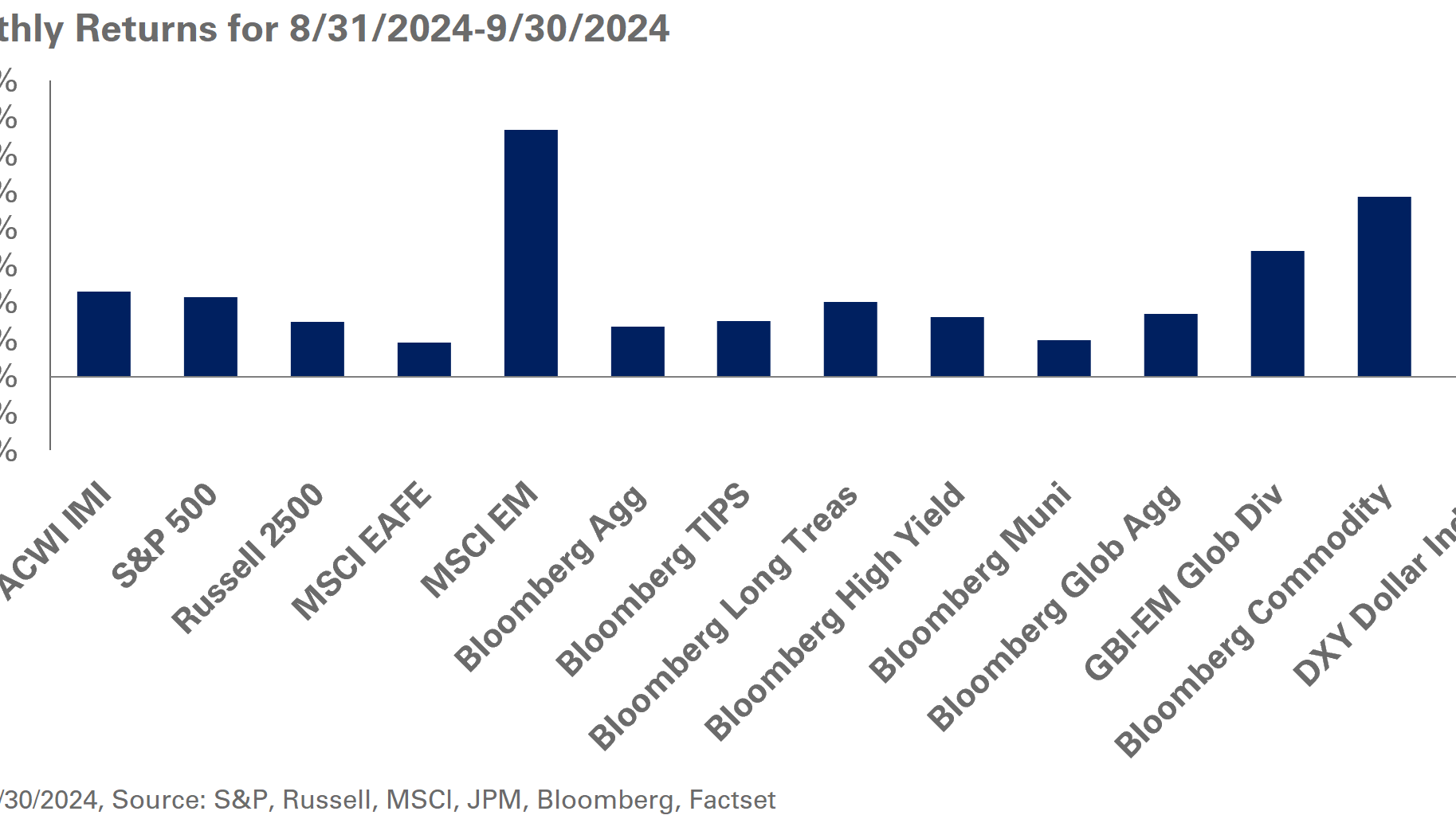The failure of First Republic Bank is already in the rearview mirror as investors turn their attention to the Federal Reserve which is widely expected to raise interest rates on Wednesday, May 3, amid continuing efforts to contain stubbornly high inflation.
While First Republic was the second largest bank failure in U.S. history, its collapse—the result of an asset-liability mismatch exacerbated by large outflows of customer deposits—was broadly predicted since the failure of Silicon Valley Bank in March. At NEPC, we view the bank closures over the last two months as isolated liquidity events and believe the banking system is well capitalized overall.
More importantly, bond and equity markets have largely moved past concerns around the U.S. banking system and are more focused on the path of interest rates and corporate earnings. To that end, the Federal open Market Committee is expected to raise the Fed Funds rate by 25 basis points on May 3 to a range of 5.00% to 5.25%. This will be the Fed’s tenth straight rate hike since March 2022.
Despite the wide array of market forecasts—spanning the gamut from no more rate hikes, rate reductions in the later part of 2023, to a range of 5.50% to 5.75%—we continue to believe any Fed rate cuts are unlikely in 2023 given persisting inflationary pressures and resilient economic data.
For any questions you may have, please reach out to your NEPC consultant.



